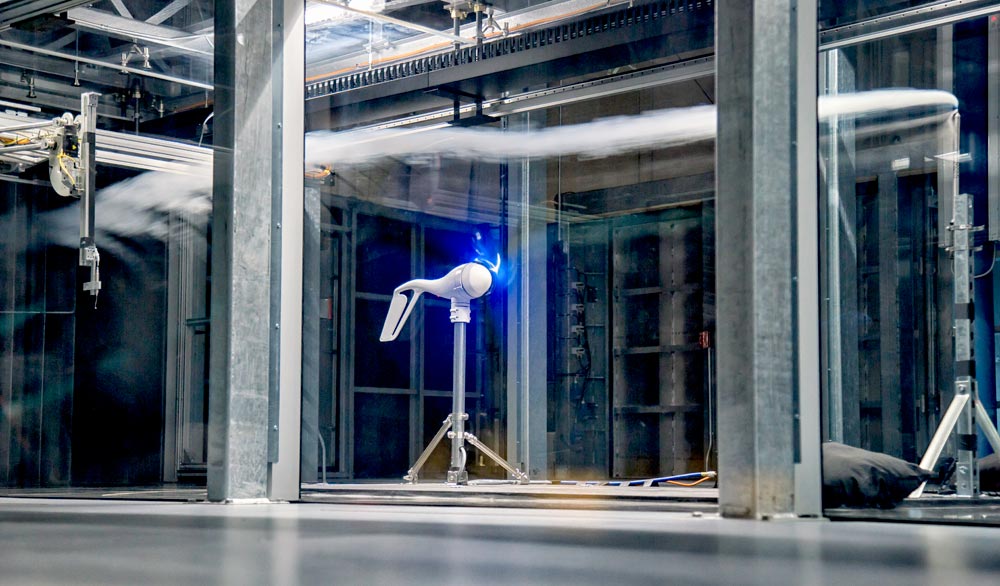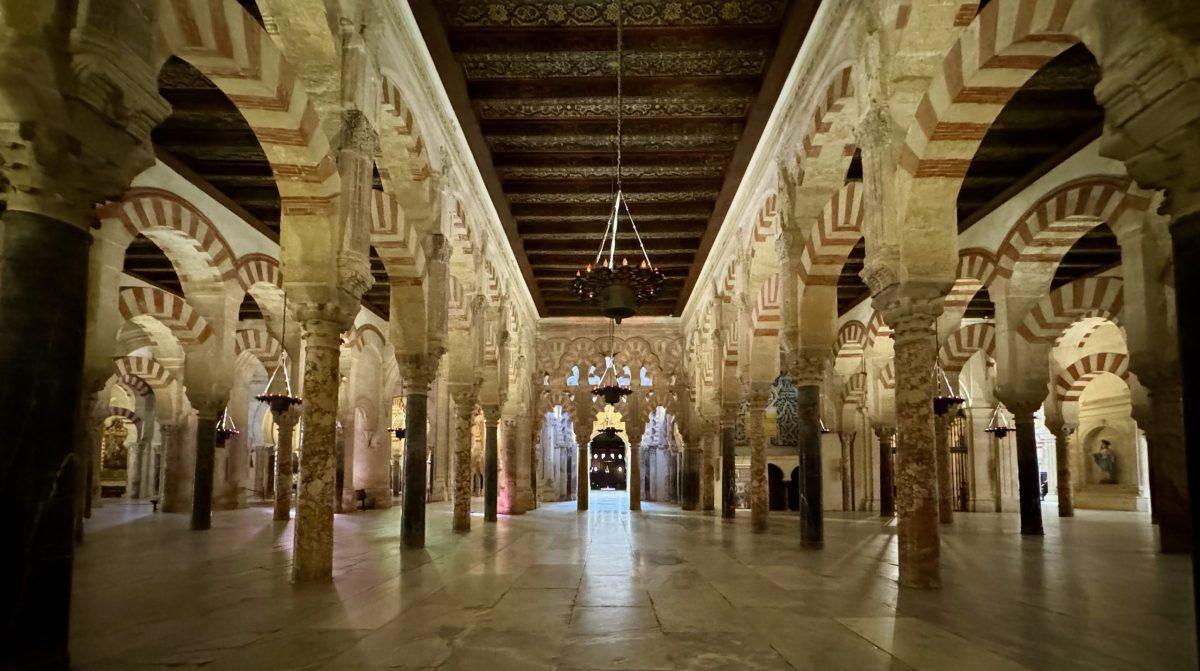Before Giacomo Iungo interviewed for a faculty position at UTD, he was a scientist at a Swiss university, working with one of the few wind tunnels in the world. He said his decision to join the UTD faculty in 2014 depended upon the proposal of a new research lab that would focus on atmospheric wind flows utilizing a new wind tunnel that would be housed on campus.
UTD recently hosted an inauguration ceremony for the completion of the custom-built wind tunnel in the Waterview Science and Technology Center that started construction back in 2016. The tunnel’s size and glass-based design make the roughly $5 million project a resource for projects related to atmospheric circulation and wind engineering.
The tunnel itself is composed of a 30-meter long test section through which controlled wind passes. Wind speed, wind direction and turbulence are the three factors that can be manipulated by users of the wind tunnel. Iungo, now an assistant professor of mechanical engineering who serves as the chief faculty member in charge of the wind tunnel, said the tunnel is ideal for simulations of real-life conditions.
“The test section is going to reproduce flows very similar to those we get in the atmosphere, and everything is surrounded by optical glass, so we can do full visualization and laser measurements,” he said.
For now, the tunnel is primarily used to research wind energy optimization.
“We can put a model of a wind turbine in the tunnel and study the flows caused by the wind,” Iungo said. “We can put a large model in the test section, but we can also go very small and reproduce very real wind farms with an array of turbines including the hills, the topography and the terrain.”
Iungo said the tunnel’s applications are endless because so many real-life projects are heavily impacted by the wind flows in the atmosphere.
“All the time that the loads and dynamics produced by the wind are important to a structure, this facility is actually the best facility to do these experiments,” he said. “We can extend this application to anything that is affected by wind speed and intensity — bikes, cars, antennas, solar panels.”
One application is to simulate aircraft movements in regions of the world such as the Middle East, where sand and debris often cloud pilots’ visual fields.
“After running experiments in a wind tunnel, (researchers) were able to figure out a different way to pilot the helicopter and land it so the sand doesn’t cause visual impairment,” he said.
Wind tunnel engineer Kyle Jones said while the wind tunnel will also be used for industrial collaborative projects with companies in the area, students who would like to research or test an idea related to wind engineering are free to utilize the tunnel.
“There are really only a handful of these kind of tunnels in the entire world…we already have some students involved in making models, running the wind tunnel and instrumentation and things like that,” Jones said. “This is real-life experience that you can’t get anywhere else.”
Iungo brings his fluid mechanics class to the tunnel to see how the material learned in the classroom is applied. Iungo said his work helps society push the limits on what can be accomplished with wind engineering.
“The foundation is atmospheric turbulence, what the wind and the air in the atmosphere do and how a better understanding of this can capture more energy, cool down cities or produce more resilient and durable infrastructure,” Iungo said. “That’s the cool thing about research. You don’t know where your brain will tell you to go.”

















